|
Video/Graphics Cards
|
|
Video cards (also known as 'graphics' cards or graphics adapters) are the part of the computer that convert the digital data to analog (and sometimes digital) video. As was mentioned earlier, some motherboards have integrated video processors but those video processors are typically only good for basic computer operation and for playing simple games. If you want to play high-end computer games (World of Warcraft, Call of Duty, Grand Theft Auto, Splinter Cell, Half Life 2, Crysis...) or if you want to reduce the load on your processor, you will need a better video card. The following image is a relatively low end video card but it's significantly better than the typical integrated video processor. THIS one is a mid-range graphics card (in March of 2010).
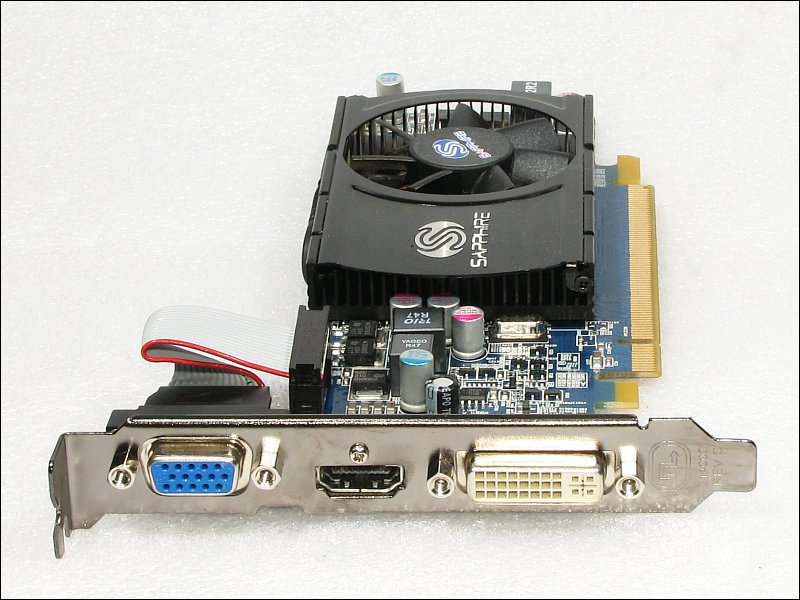 Video Output Connectors: You should also note that this is a 'single slot' card. This means that it only takes up one expansion slot. Larger cards take up two slots and can be more difficult to fit into some cases. In some instances, a user will need two monitor outputs but the monitors will only have D-sub connectors. The DVI connectors also contain analog (VGA) output signals. To get the VGA signal, you use an adapter like the one shown below.
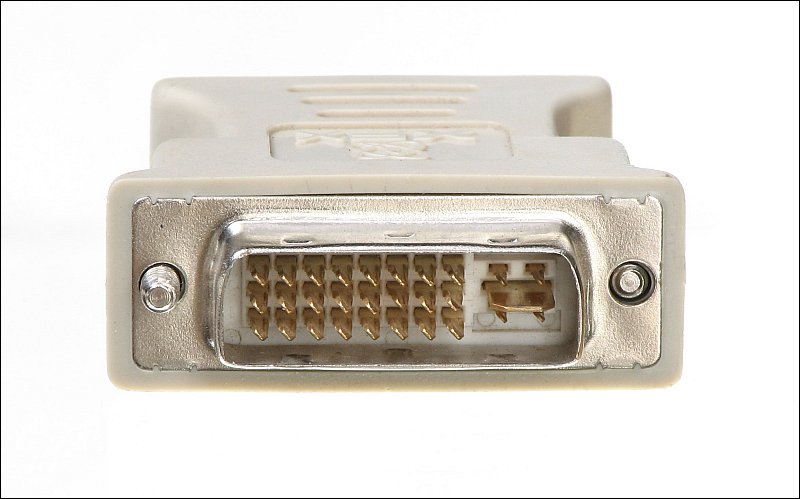
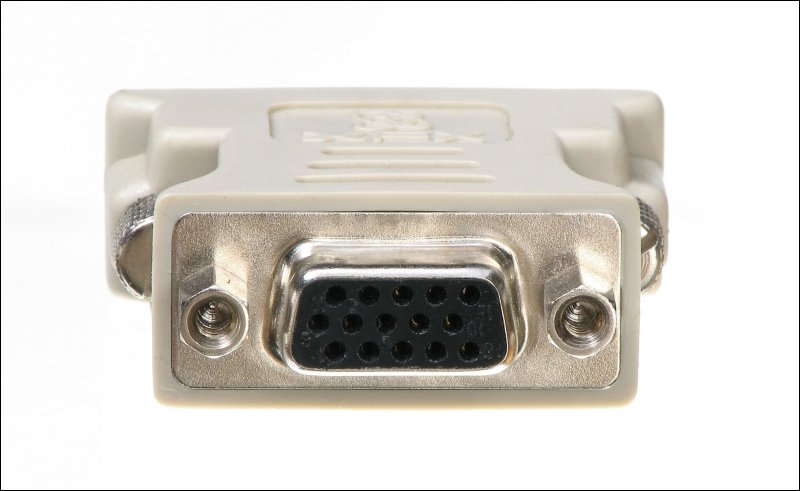 This is what the HDMI connector that plugs into the video card looks like.
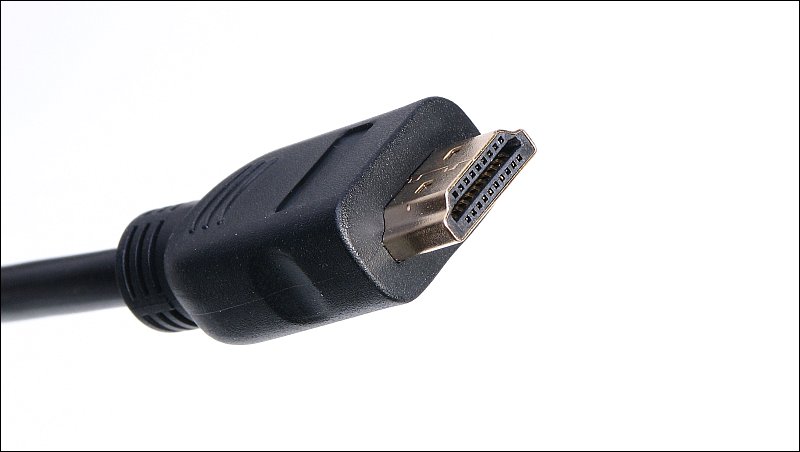 The following is a DVI to HDMI adapter. If you look at the at the area around the flat terminal, you can see that it doesn't have any pins above or below it. Those are for the analog video and are not needed for the HDMI signal.
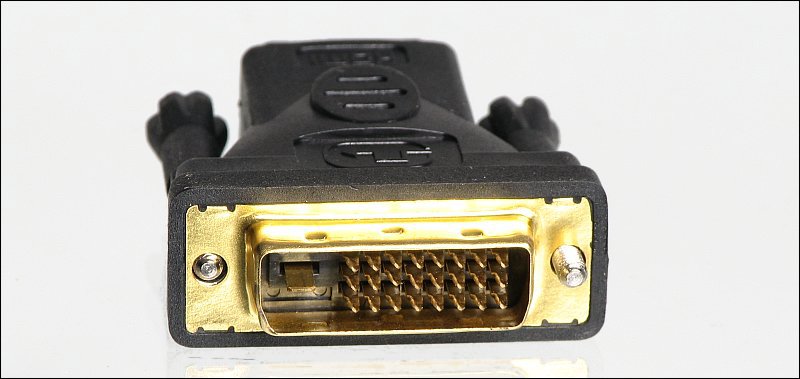
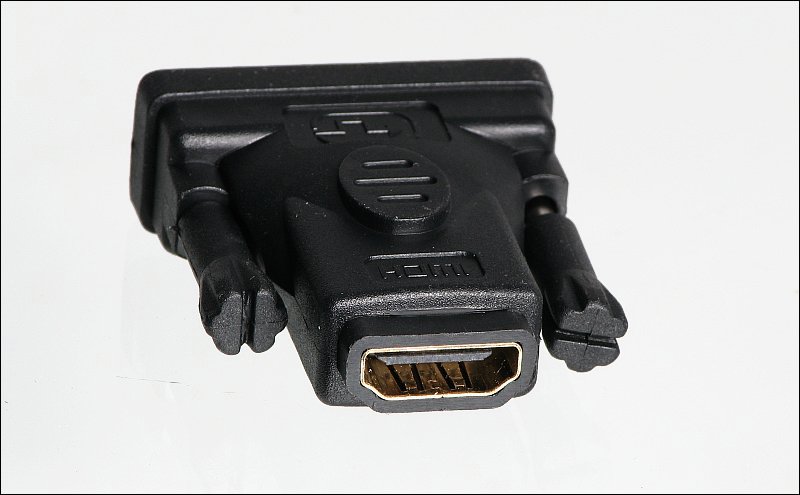
Note: Some video cards (like the HD 5570 or the HD 4870 shown on this page) can take the S/PDIF signal from the PCI-E buss bit some require that you connect the S/PDIF signal with a 2-conductor cable. The card below is a GeForce 9600 GT. It shows what the connector on the card and the cable look like. The other end of the cable connects to a 2-pin header on the motherboard.
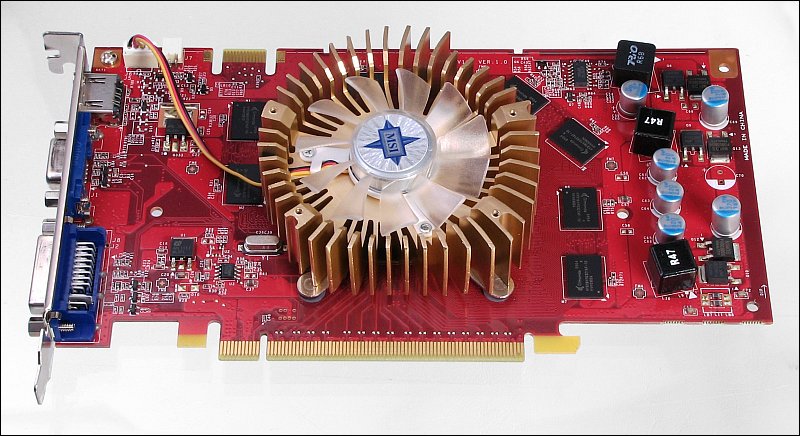
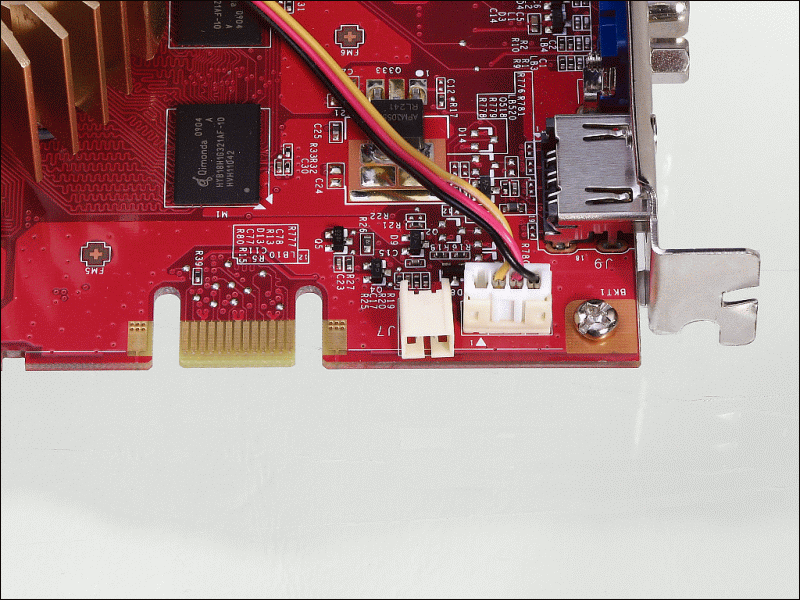
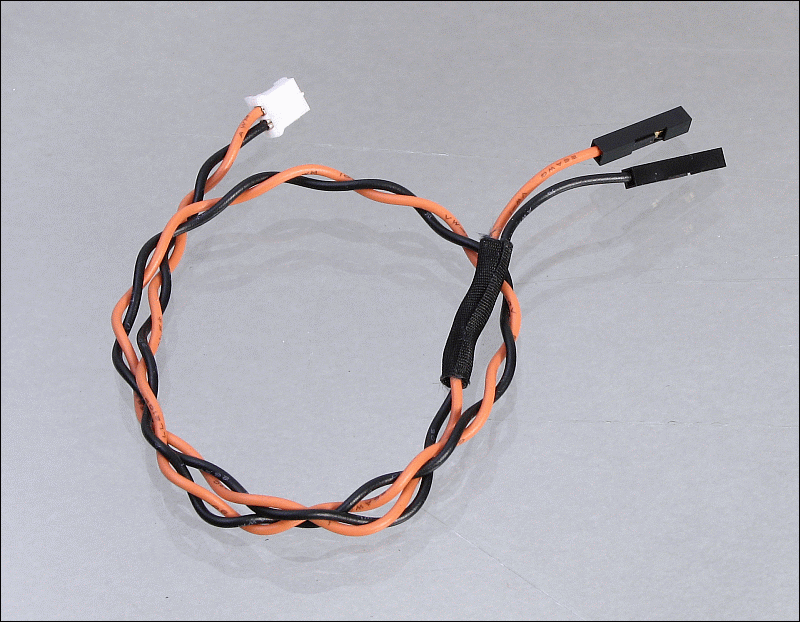 Power Supply Requirements:
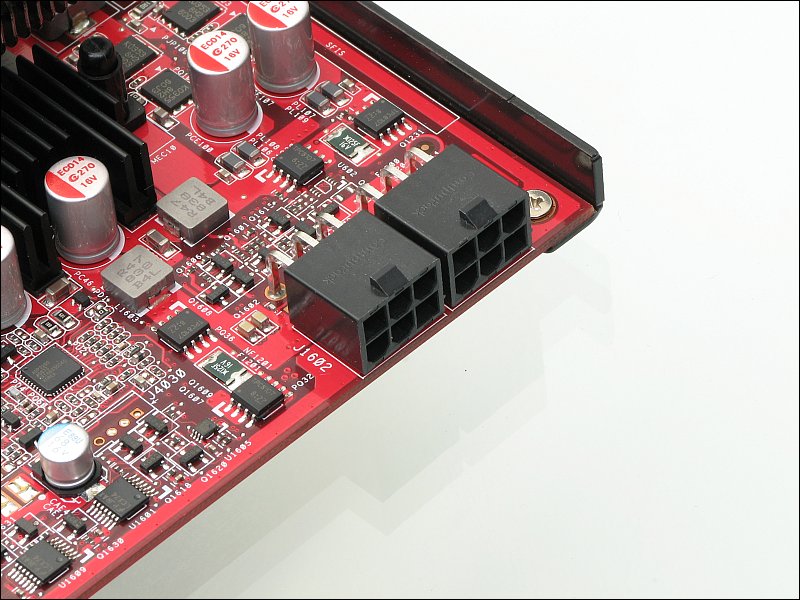 Cooling: You can see that this card has a fan. Most newer, high performance cards have fans. Even though this is a relatively low end card, it uses a fan to help keep the operating temperatures down. During normal computer use (surfing the web, working on documents...), the video processor isn't run very hard and wouldn't need a fan. For those who play video games with 3D graphics, the demand is much higher and the fan is required to prevent the card's GPU (Graphics Processor Unit) from overheating. For those who want a silent computer, there are silent cards that have HUGE heatsinks that can dissipate significant heat. These generally rely on convection or air flow through the case to help dissipate heat.
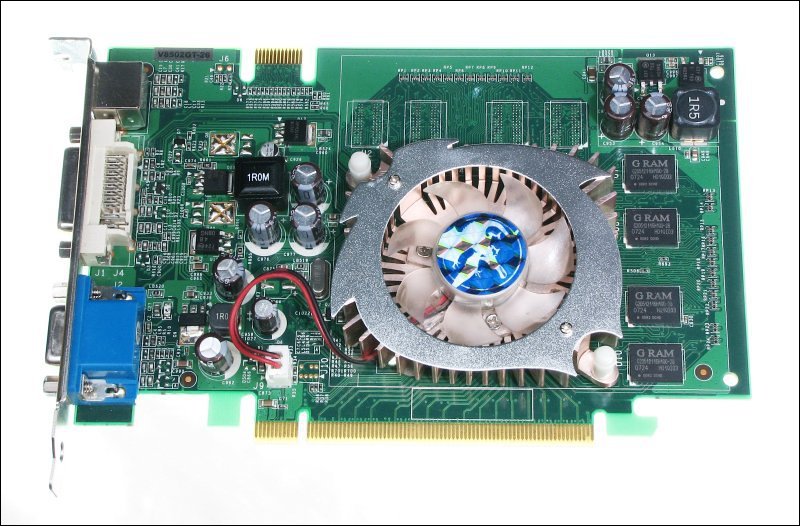 The card above (Nvidia GeForce 8500GT) is a relatively low powered card and is therefore easy to cool. The small heatsink is in direct contact with the GPU and is small enough to be cooled directly. For cards that produce more heat, you need a different type of cooler. It's important that a graphics card not be too thick. If it's too thick, it will cover too many slots on the motherboard. Since it's not possible for a large, thin heatsink to conduct heat efficiently far from the source of heat, a solid heatsink (like the one above) isn't practical for higher powered cards. The card below (Asus HD 4870) is a midrange card that produces significant heat when it's working hard. To cool it, heatpipes are used. Heatpipes have a liquid in them that boils off when heat is applied to it (by the GPU in this case) and as it boils off, the heatpipes absorb heat. The internal construction of the heatpipe causes the heated coolant to move away from the GPU. The heatpipes are bonded to fins. The fins pull heat from the heatpipe and provide significant surface area to dissipate the heat. To help increase the cooling, a fan is used to force air over the fins. All of this works together to keep the GPU operating at a safe temperature.
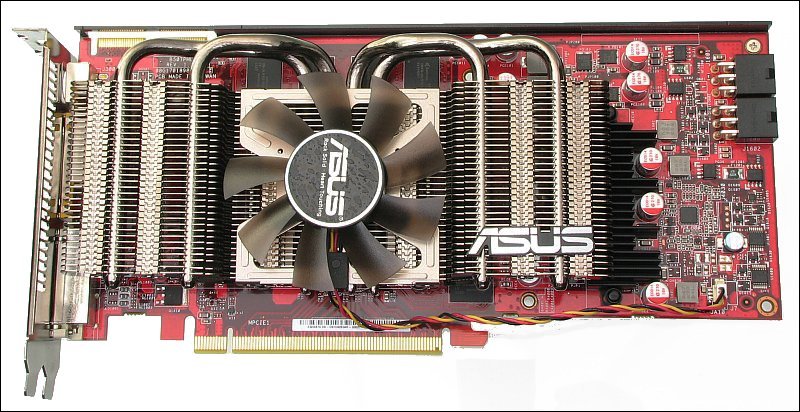 Earlier, it was mentioned that there are single-slot and double-slot cards. The one at the top of the page (a Sapphire HD 5570) and the 8500GT are examples of single slot cards. The one immediately above is a double-slot card. You can see that it has a rear panel that fills two of the expansion slots.
A note on safety...
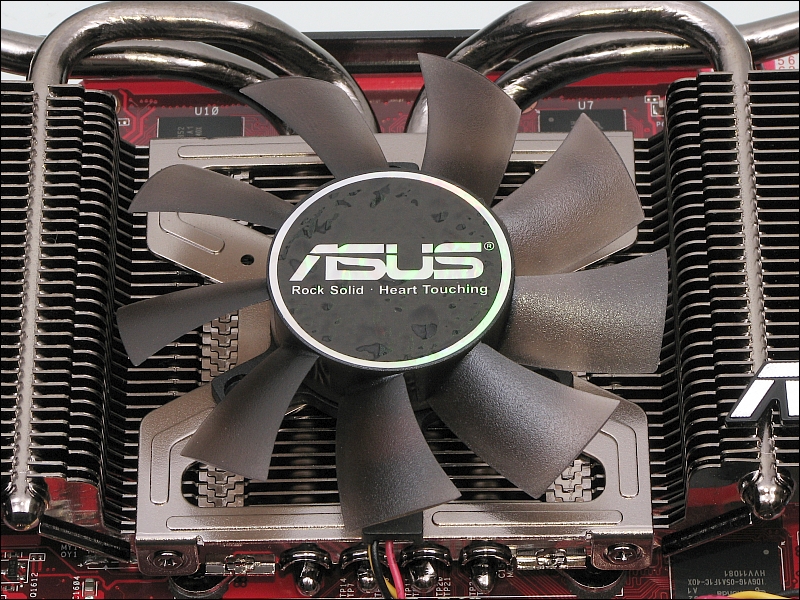 The following image shows a graphics card without the heatsink. The large square IC in the center of the board is the GPU. The 8 black ICs are the memory modules. Many times, there are pieces of thermal gap pad between the memory modules and the heatsink. These help transfer heat from the memory ICs to the heatsink.

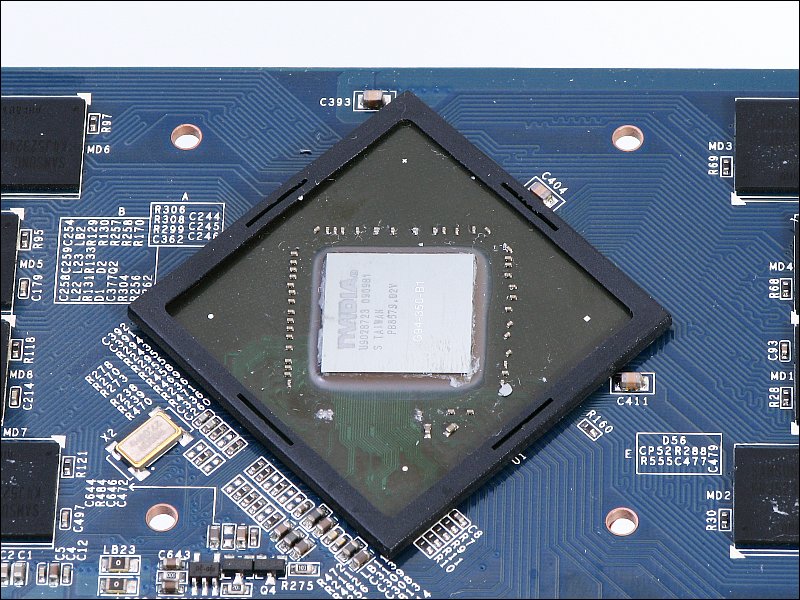
Chipsets: Memory Sharing: Memory: Effective Memory Speed: Chipset/Core Speed: Ports: Maximum Resolution: Video Card Connectors:
As you can see above (you can right-click to zoom in), the AGP connectors are very closely spaced. This caused a lot of problems when the cards weren't fully seated in their sockets. Starting with the AGP motherboards and continuing with the PCI-E boards, there are latches to ensure that the backs of the cards remain fully seated. In the photo below, you can see the white sliding latch at the right-end of the blue PCI-E connector. It's important that you slide the latch into place (locking the card in the socket) when you install a PCI-E card.
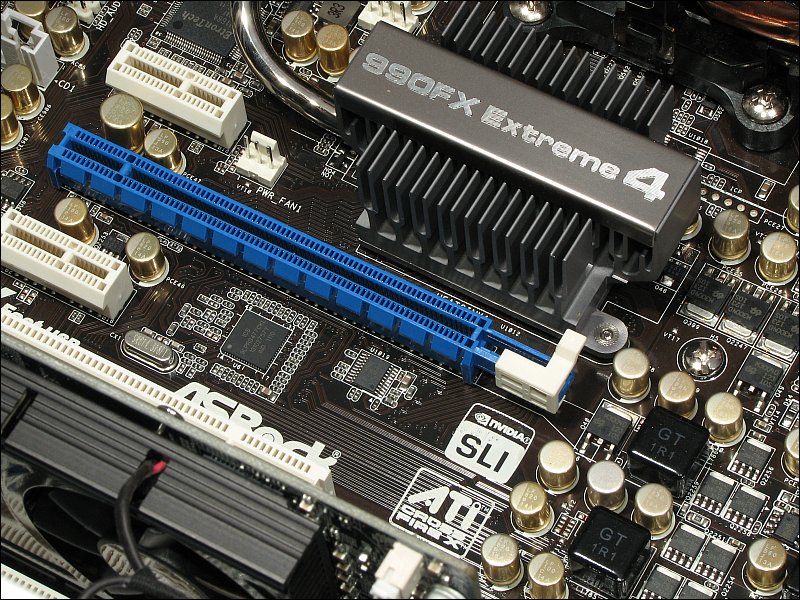 Although this doesn't apply to graphics cards, PCI-Express has been mentioned. The PCI-E connector above is a 16x interface. For applications where the data transfer rate doesn't need to be as fast as it does for graphics cards, 1x, 2x, 4x and 8x interfaces are used. The following is a 1x card. It's used for a parallel printer interface. I know many of you are asking why I'd still be using such an old printer. Well, it's because it's one of the best printers I've ever owned. It's an old HP Laserjet 4+. It's not disposable like newer printers. With minor maintenance (spare parts are readily available), the printer still works like new. The 1x, 2x... tells you how many data 'lanes' the interface has. The more lanes, the faster the maximum data transfer.
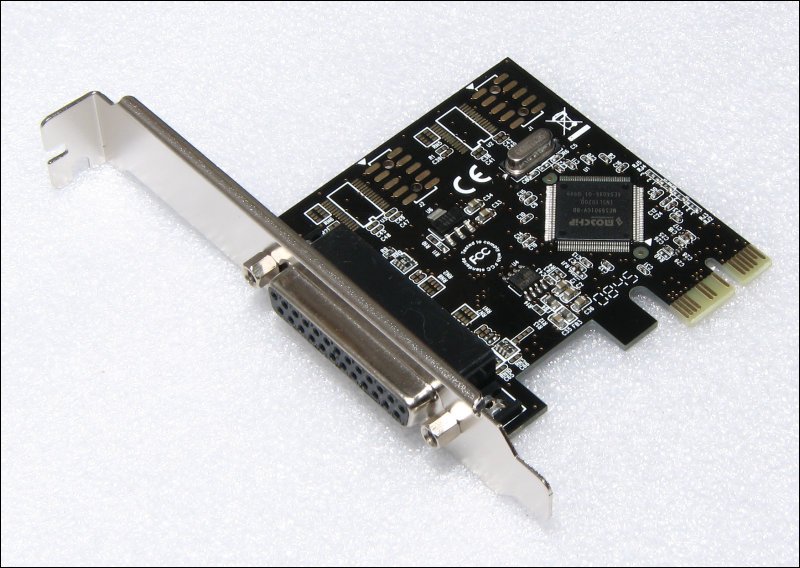
As a Side Note... On many of the graphics cards with heatsinks, the heatsinks are held in place by (weak) spring clips. These can be seen in the photo below.
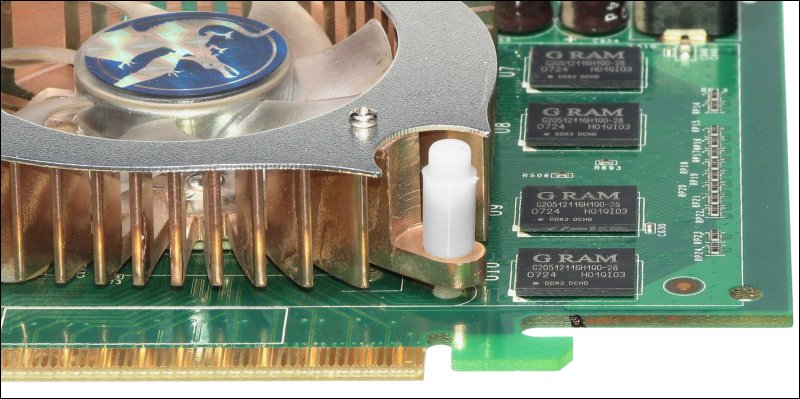 If you bump the heatsink so that it is separated from the GPU, the GPU could fail. If the heatsink extends beyond the edge of the board, this is very easy to do and you may not even know that you did it. There is a layer of thermally conductive material (like you will see on the upcoming More on CPUs page). When the heatsink and the GPU are separated, the thermally conductive material isn't likely to remain perfectly distributed and is VERY unlikely to be able to efficiently transfer heat from the GPU to the heatsink. If you think you may have separated the sink from the GPU, download a program like PC Wizard that will allow you to monitor the temperature of the GPU. If it goes above ~60C at idle, you may have a problem. It's true that some high end GPUs will operate that hot if the fan is set low to minimize noise but most low to midrange graphics cards won't run that hot at idle.
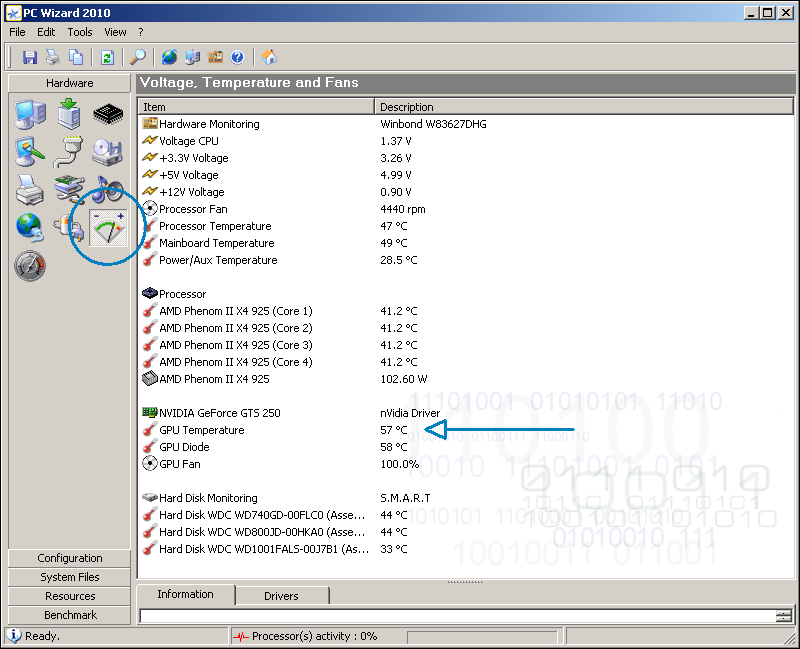 To help increase the performance of a computer's graphics processing system, sometimes multiple video cards will be used. Nvidia calls it SLI. AMD/ATI calls it CrossfireX. Sometimes as many as four cards are used to produce output to a single monitor. Below, you can see that two relatively inexpensive cards have been installed. These would not have been a good choice because you could likely get better performance from a single (better) card for less money. I had these from other systems I built so I installed them just to see what they would do. When installing multiple cards, you have to enable the use of them in the software provided by their manufacturer. In some instances, you will have to install a jumper (supplied with a motherboard, the cards or separately by the manufacturer -- second image below) between the cards. For low powered cards like these, the connection between the cards is made through the motherboard.
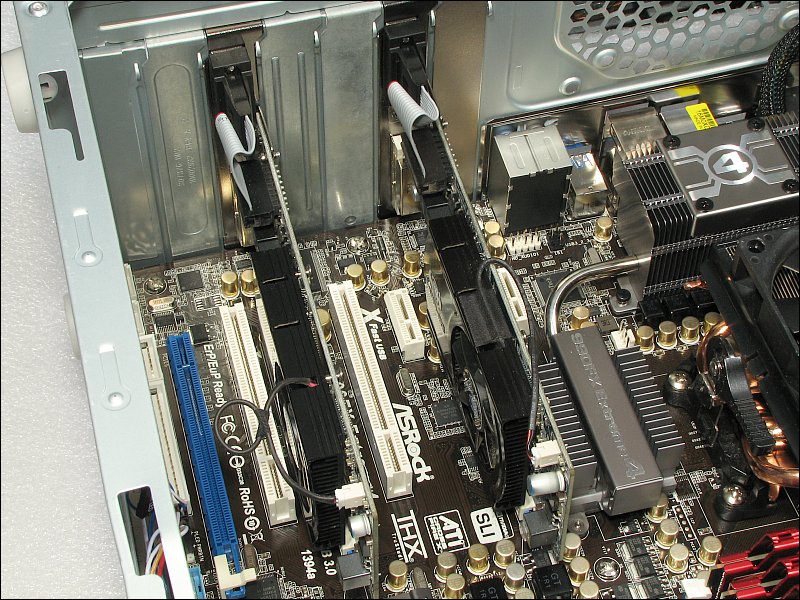
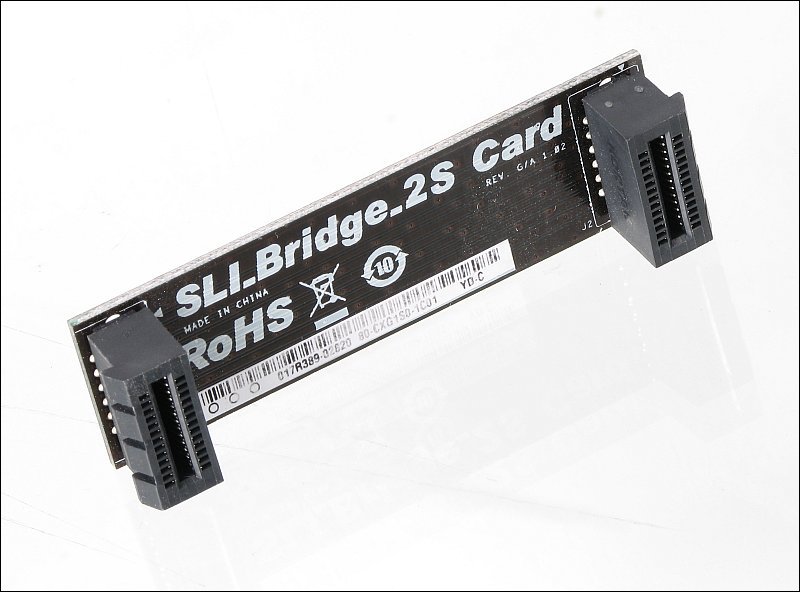 This shows a Crossfire jumper installed on two video cards. The extra connectors are to connect additional cards to the existing cards.
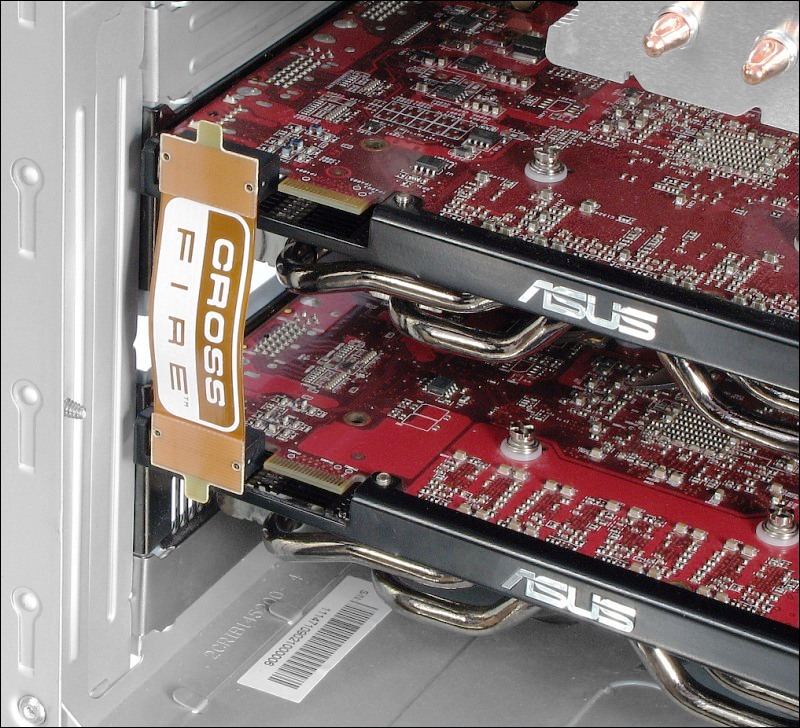 Previously, it was mentioned that the heatsink is often held onto the GPU with weak spring tension and that you should check the operating temperature of the GPU under load. If you have multiple cards running in crossfire mode or a similar configuration, compare the temperature of the two cards. They should operate at approximately the same temperature when under load (gaming, benchmarking...). If one runs significantly hotter, it may have a problem with the thermal transfer from the GPU to the heatsink. The PC Wizard won't always show multiple cards but the manufacturer of the video cards that you're using should offer some application to show the operation of the cards. For ATI, there is a program named Afterburner. It shows the temperature of the various video cards, the fan speed, the load on each card. If both cards are driven to 100% and one is operating10-15° hotter, you need to determine what the problem is before you destroy the video card. In the following photo, you can see that there are 3 blue PCI-E slots. Physically, the slots are identical but they don't all have the same electrical connections. The long PCI-E slots can have up to 16 data lines. In this board, only the left-most two have 16 data lines. The one at the far right has only 4 data lines. This is common. On most moderately priced motherboards, there is only one 16x PCI-E slot and one 4x PCI-E slot. The ones closest to the CPU are going to be the 16x slots. When installing a video card, you want to install it in the slot that has the ability to transfer data at the highest data rate (the 16x slot). If you install it in one of the 8x or 4x slots, it will work but will not perform as well as it could in the 16x slot.
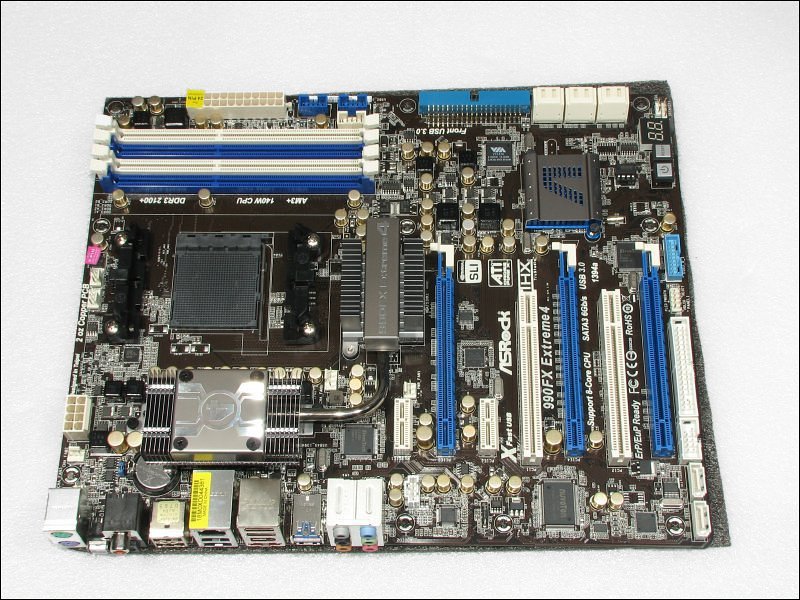 VIVO: In the following image, you can see the VIVO interconnect cable. It has two video input cables and two video output cables. Each input and output has two different connectors. The smaller connector is for 'composite' video. The larger connector is for S-video.
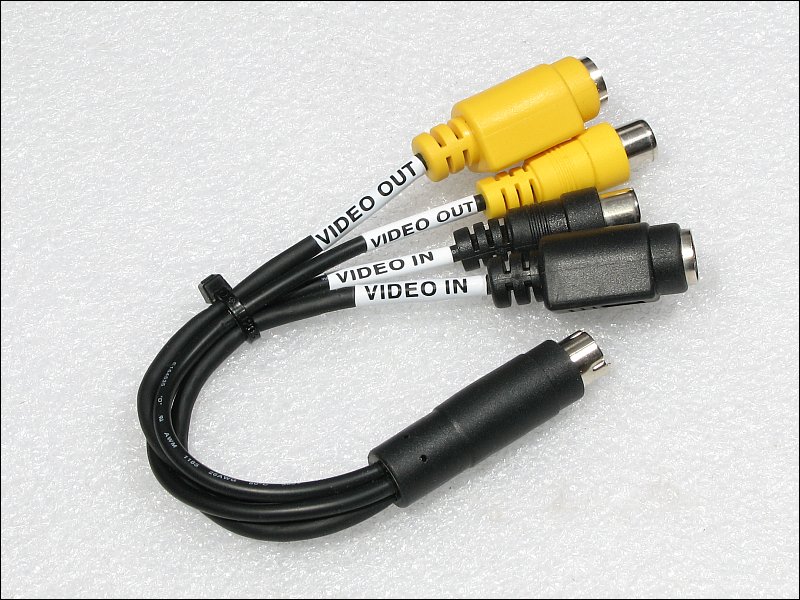 If you're not using an HDMI output from your video card, you may have to use the sound card inputs/outputs on your sound card to get the audio portion of any video you're passing through the computer. Many times, you have to use RCA type connectors. Since the computer has mini-phone (1/8" phone) connectors, you'll need an adapter cable.
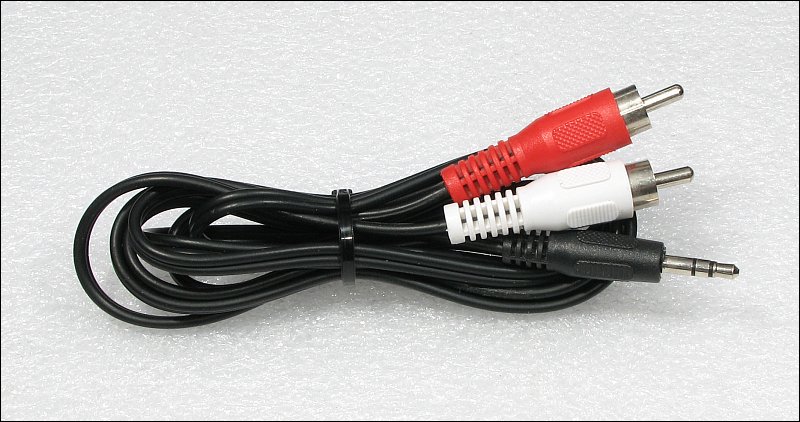 Video Converters:
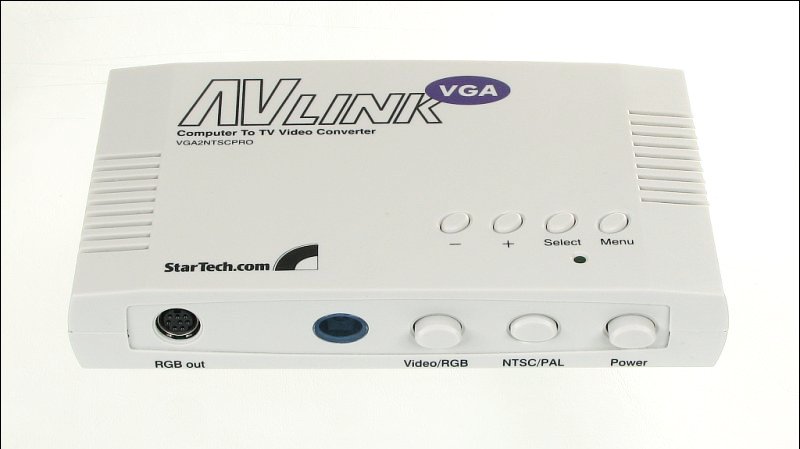
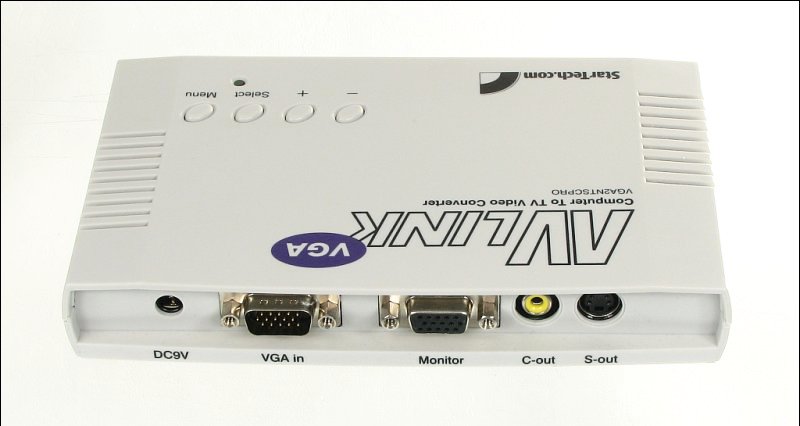 The remote is necessary because the output of the converter won't likely fit/fill the TV screen and isn't likely to be centered.
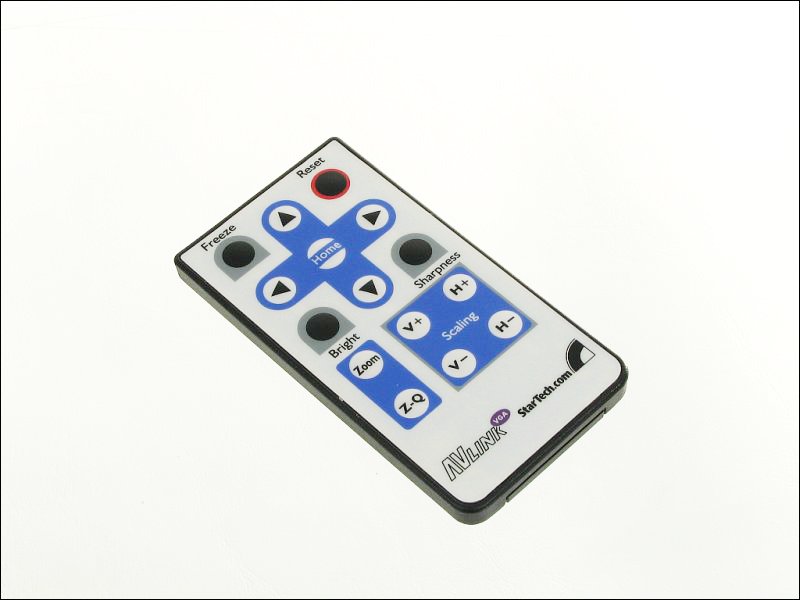
|
|
| Contact Me: babin_perry@yahoo.com | |
|
Perry Babin 2005 - Present All Rights Reserved
|